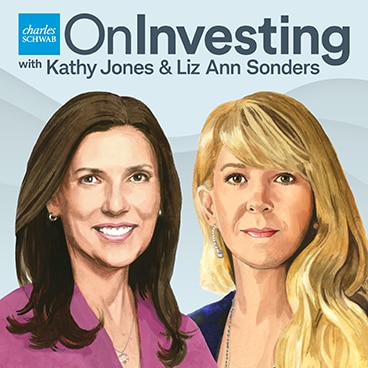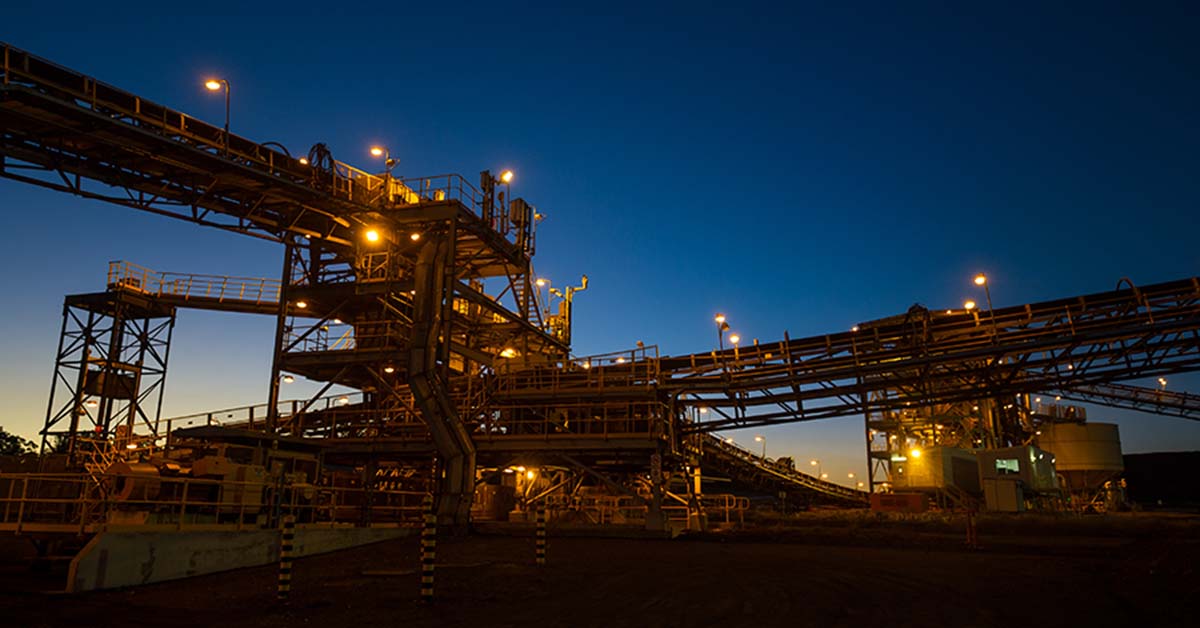Bonds
Read our views on trends in the fixed income market.
Bonds content

Investors are navigating not just uncertainty, but an unstable environment influenced by tariffs and inflation, among other factors. While volatility may increase, there is likely room for another solid year in 2026, especially for fixed income and international stocks.

On Investing
As we approach 2026, what can investors expect from the equities market, fixed income, and the overall US economy in the new year?

Bond Insights
The latest perspective on the bond market from the Schwab Center for Financial Research, including a deep-dive on corporate and municipal bond markets.

Bond Insights
We continue to suggest an up-in-quality fixed income bias for the short run, but investors can still consider some of the riskier parts of the fixed income market in moderation.

Bond Insights
We believe municipal bonds will continue to offer attractive tax-adjusted yields in 2026, while credit quality should remain stable.

Market Outlook
Overall, we expect 2026 to be another good year of returns for bond investors, but the range of potential outcomes is wide.

Bond Insights
Answers to questions investors are currently asking about Treasury bonds, tax policy, credit quality and other issues currently affecting fixed income investments.

Bond Insights
Municipal bonds offer tax-adjusted yields, generally high credit quality, and other advantages that may make them attractive investments.

Bond Insights
Bankruptcies by high-yield issuers have made headlines recently, but defaults have grown more common in recent years.